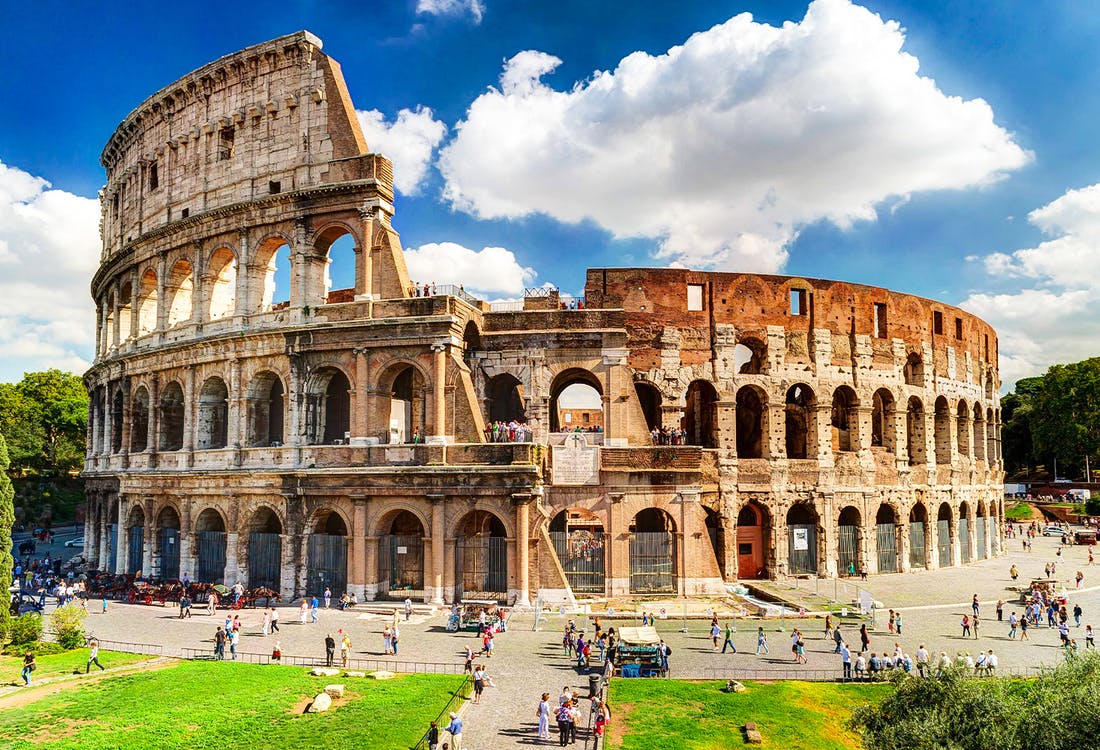Historical landmarks and cultural heritage sites stand as silent storytellers, weaving narratives of civilizations, traditions, and the collective human experience. These iconic structures and places not only bear witness to the passage of time but also serve as windows into the rich tapestry of history, offering a profound connection to our roots.

One of the captivating aspects of historical landmarks is their ability to transport us across centuries, allowing us to envision the lives of those who came before us. From the majestic Pyramids of Giza to the awe-inspiring Colosseum in Rome, these structures resonate with the echoes of ancient civilizations, inviting us to explore the architectural marvels and ingenious feats of our ancestors.
Cultural heritage sites, often intertwined with historical landmarks, carry the essence of a community’s identity. These sites, which can range from sacred temples and religious monuments to traditional villages, encapsulate the values, rituals, and artistic expressions that define a culture. The intricate carvings of Angkor Wat in Cambodia or the spiritual ambiance of Machu Picchu in Peru are testaments to the cultural richness embedded in these sites.

Beyond their aesthetic and historical significance, these landmarks are crucial for preserving cultural diversity. They serve as guardians of traditions, languages, and customs that might otherwise fade away in the face of modernization. The UNESCO World Heritage designation, bestowed upon many such sites, acknowledges their universal value and the collective responsibility to protect and pass them on to future generations.
Visiting historical landmarks and cultural heritage sites is not merely a journey into the past; it is an opportunity for cultural exchange and understanding. These sites become meeting points for people from different corners of the globe, fostering a shared appreciation for the beauty and resilience of human heritage.
In conclusion, historical landmarks and cultural heritage sites are not static remnants of the past; they are living testaments to the enduring spirit of humanity. As we explore these sites, we embark on a journey that transcends time, connecting us to our shared history and instilling a sense of responsibility to preserve the invaluable legacy they represent.



